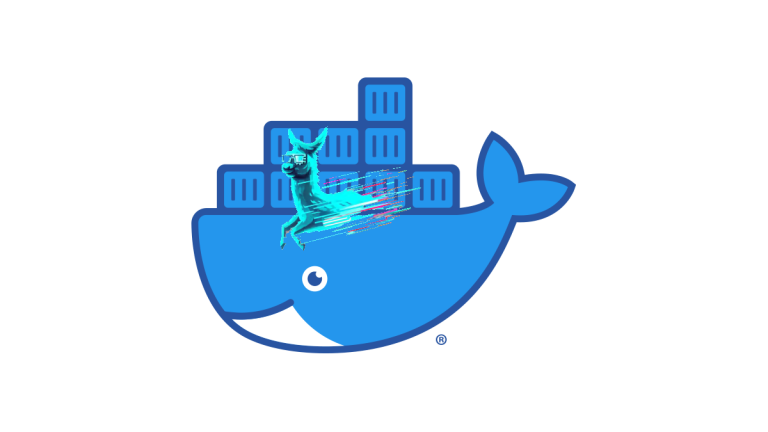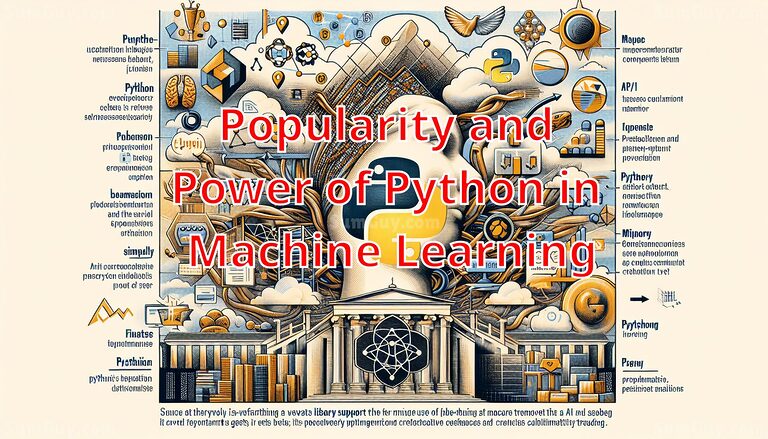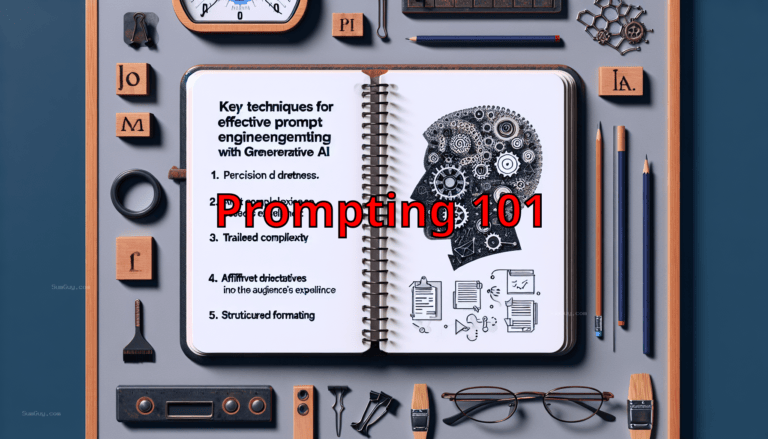Machine Learning models (AI)
What are Machine Learning Models?
Machine learning models are algorithms that can learn patterns and relationships in data, and use this knowledge to make predictions or decisions about new data. They are used in a wide range of applications, including image and speech recognition, natural language processing, recommendation systems, fraud detection, and predictive maintenance, among others.
The basic idea behind machine learning is to teach a computer to learn from data, rather than programming it explicitly. This involves training a model on a set of labeled or unlabeled data and then using this model to make predictions on new, unseen data. The model can be adjusted or optimized using various techniques to improve its accuracy and generalization ability.
Types of MLMs
There are many different types of machine learning models, each of which is suited to a different task. Some common types of machine learning models include:
GAN is a type of deep learning model that consists of two neural networks, a generator, and a discriminator, that are trained together in a game-like fashion. The generator creates synthetic data, while the discriminator tries to distinguish between real and fake data. GANs are commonly used for image and video generation tasks.
- DCGAN (Deep Convolutional Generative Adversarial Networks) – used for generating realistic images
- CycleGAN – used for image-to-image translation, such as converting a photo of a horse into a zebra
Diffusion models, on the other hand, are a family of generative models that use a process called diffusion to generate samples. Diffusion involves iteratively adding noise to an input sample, making it progressively more random until a new sample is generated. Diffusion models are particularly useful for generating high-quality images and videos.
- DALL-E – a state-of-the-art image generation model that can create a wide range of complex and realistic images, such as a snail made of harps
- CLIP Guided Diffusion – a model that can generate images guided by text prompts, such as “a beach at sunset”
Transformers are a type of neural network architecture that was originally designed for natural language processing tasks, such as machine translation and text summarization. Transformers use self-attention mechanisms to process input sequences and generate output sequences. They have since been applied to a wide range of other tasks, including image and speech recognition.
- BERT (Bidirectional Encoder Representations from Transformers) – a model for natural language processing tasks such as language understanding and question answering
- GPT (Generative Pre-trained Transformer) – a model for natural language generation tasks such as text completion and language translation.
- ViT (Vision Transformer) – a model for image classification tasks that can process images as sequences of patches, rather than pixels.
Some generic types of Machine learning models:
- Regression models: These are used to predict a continuous numerical value, such as the price of a house or the number of sales in a month. Examples include linear regression, polynomial regression, and logistic regression.
- Decision trees: These models use a tree-like structure to make decisions based on a set of rules or conditions. They can be used for classification or regression tasks. Examples include Random Forest and XGBoost.
- Support vector machines (SVMs): These models are used for binary classification tasks and try to find the best-separating hyperplane between two classes. They can also be used for regression and multiclass classification tasks.
- Neural networks: These are a family of models inspired by the structure of the human brain, consisting of interconnected layers of nodes that process and transform input data. They can be used for a wide range of tasks, including image and speech recognition, natural language processing, and generative tasks. Examples include convolutional neural networks (CNNs), recurrent neural networks (RNNs), and long short-term memory (LSTM) networks.
- Clustering models: These are used to group data points into clusters based on their similarity. Examples include k-means clustering and hierarchical clustering.
- Reinforcement learning: This is a type of machine learning that involves an agent learning to make decisions in an environment through trial and error. The agent receives feedback in the form of rewards or penalties based on its actions and uses this feedback to improve its decision-making over time. Examples include AlphaGo and OpenAI’s Dactyl.
Machine learning models are used in a wide variety of applications, including:
- Predictive analytics: Machine learning models can be used to predict future events, such as customer churn, product demand, and fraud.
- Natural language processing: Machine learning models can be used to understand human language, such as translating languages, generating text, and answering questions.
- Computer vision: Machine learning models can be used to identify objects in images and videos, such as self-driving cars and facial recognition software.
- Speech recognition: Machine learning models can be used to transcribe audio into text, such as voice assistants and dictation software.
Machine learning models are becoming increasingly powerful and are being used in more and more applications. As data becomes more abundant and computing power becomes cheaper, machine learning is likely to play an even greater role in our lives in the future.
- this is an info dump post while I learn more and dump some data here for future posts/knowledge.







